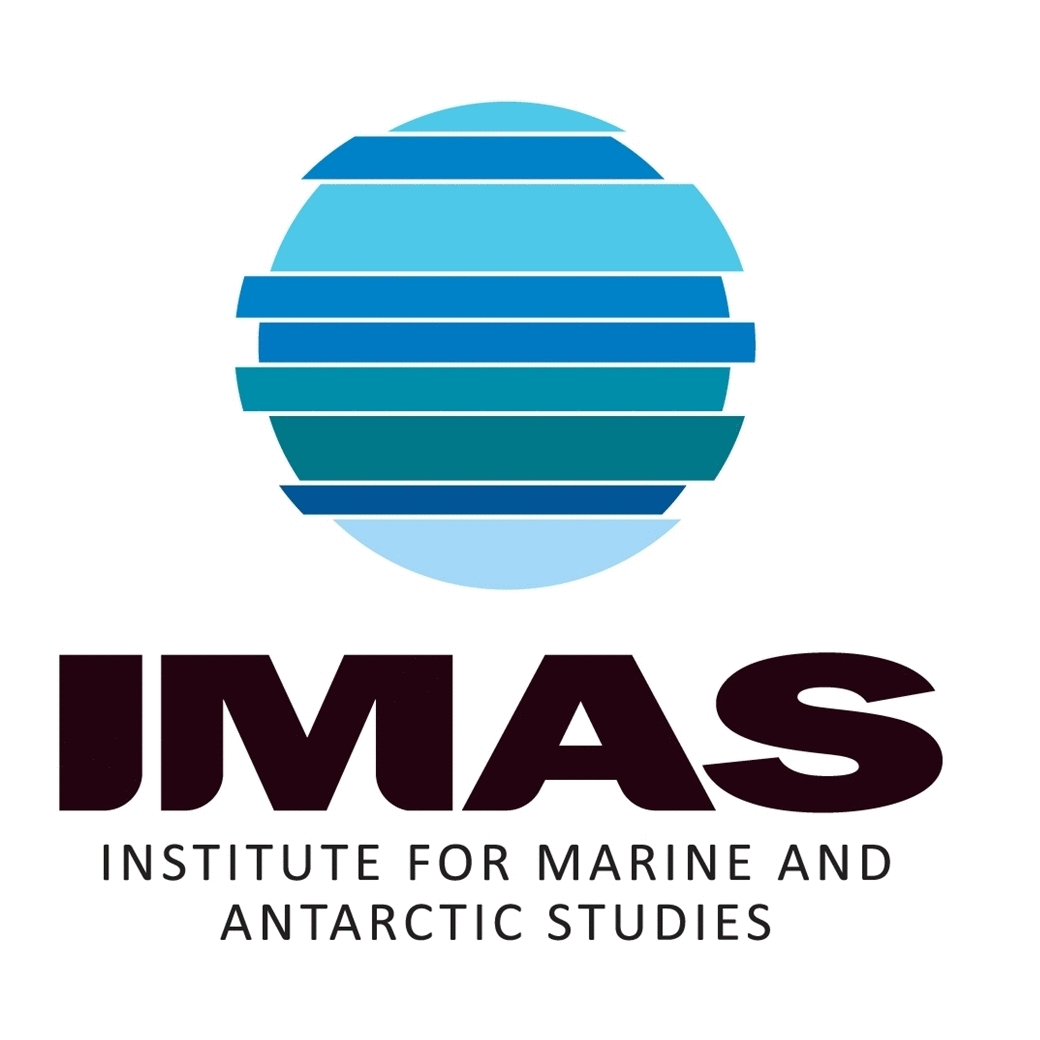Thermal performance curves for Lessonia corrugata
Kelps are in global decline due to climate change, including ocean warming. To identify vulnerable species, we need to identify their tolerances to increasing temperatures and whether tolerances are altered by co-occurring drivers such as inorganic nutrient levels. This is particularly important for those with restricted distributions, which may already be experiencing thermal stress. To identify thermal tolerance of the range restricted kelp Lessonia corrugata, we conducted a laboratory experiment on juvenile sporophytes to measure performance (growth, photosynthesis) across its thermal range (4 – 22 °C). We found the upper thermal limit for growth and photosynthesis to be ~ 22 – 23 °C, with an optimum of ~ 16 °C. To determine if elevated inorganic nitrogen availability could enhance thermal tolerance, we compared performance of juveniles under low (4.5 µmol/day) and high (90 µmol/day) nitrate conditions at and above the thermal optimum (16 – 23.5 °C). Nitrate enrichment did not enhance thermal performance at temperatures above the optimum but did lead to elevated growth rates at the thermal optimum 16 °C. Our findings indicate L. corrugata is likely to be extremely susceptible to moderate ocean warming and marine heatwaves. Peak sea surface temperatures during summer in eastern and northeastern Tasmania can reach up to 20 – 21 °C and climate projections suggest that L. corrugata’s thermal limit will be regularly exceeded by 2050 as south-eastern Australia is a global ocean-warming hotspot. By identifying the upper thermal limit of L. corrugata we have taken a critical step in predicting the future of the species in a warming climate.
Simple
Identification info
- Date (Creation)
- 2023-11-23
- Citation identifier
-
doi:10.25959/nk6v-2e60
- Title
- Information and documentation - Digital object identifier system
- Date (Publication)
- 2023-11-27
- Citation identifier
- ISO 26324:2012
- Citation identifier
- https://doi.org/10.25959/nk6v-2e60
Principal investigator
Contributor
Contributor
- Status
- complete
Point of contact
- Topic category
-
- Biota
Extent
))
Temporal extent
- Time period
- 2022-01-01 2022-12-01
Vertical element
- Minimum value
- 0
- Maximum value
- 5
- Identifier
- EPSG::5715
- Name
- MSL depth
- Maintenance and update frequency
- none-planned
Resource format
- Date
- Keywords (Taxon)
-
- Lessonia corrugata
- NASA/GCMD Keywords, Version 8.5
-
- EARTH SCIENCE | BIOSPHERE | ECOSYSTEMS | MARINE ECOSYSTEMS
- EARTH SCIENCE | BIOSPHERE | ECOSYSTEMS | MARINE ECOSYSTEMS | COASTAL | KELP FOREST
- EARTH SCIENCE | BIOSPHERE | ECOSYSTEMS | MARINE ECOSYSTEMS | REEF
- EARTH SCIENCE | BIOLOGICAL CLASSIFICATION | PLANTS | MACROALGAE (SEAWEEDS) | BROWN ALGAE
- EARTH SCIENCE | BIOLOGICAL CLASSIFICATION | PLANTS | MACROALGAE (SEAWEEDS)
- Keywords (Discipline)
-
- Temperate Reef
Resource constraints
- Classification
- Unclassified
Resource constraints
- Linkage
-
http://i.creativecommons.org/l/by/4.0/88x31.png
License Graphic
- Title
- Creative Commons Attribution 4.0 International License
- Website
-
http://creativecommons.org/licenses/by/4.0/
License Text
- Other constraints
- Cite data as: James, C., Britton, D., & Layton, C. (2023). Thermal performance curves for Lessonia corrugata [Data set]. Institute for Marine and Antarctic Studies (IMAS), University of Tasmania (UTAS). https://doi.org/10.25959/NK6V-2E60
- Language
- English
- Character encoding
- UTF8
- Supplemental Information
- James et al. THE ENDEMIC KELP LESSONIA CORRUGATA IS BEING PUSHED ABOVE ITS THERMAL LIMITS IN AN OCEAN WARMING HOTSPOT. Journal of Phycology.
Content Information
- Content type
- Physical measurement
- Name
- Temperature treatment
- Name
- Temp
- Name
- Degrees Celsius
- Name
- The individual
- Name
- Replicate
- Name
- Numeric
- Name
- Growth start variable is the initial measure of length from top of stipe to bottom of hole punch mark
- Name
- Growth start
- Name
- mm
- Name
- Growth final variable is the final measure of length from top of stipe to bottom of hole punch mark
- Name
- Growth final
- Name
- mm
- Name
- Length start variable is the initial measure of length from the top of the stipe to the top of the blade
- Name
- Length start
- Name
- mm
- Name
- Length final variable is the final measure of length from the top of the stipe to the top of the blade
- Name
- Length final
- Name
- mm
- Name
- Weight start variable is the initial wet weight of the entire blade
- Name
- Weight start
- Name
- Grams
- Name
- Weight final variable is the final wet weight of the entire blade
- Name
- Weight final
- Name
- Grams
- Name
- Surface area start variable is the initial measure of the surface area of the entire blade
- Name
- Surface area start
- Name
- mm2
- Name
- Surface area final variable is the final measure of the surface area of the entire blade
- Name
- Surface area final
- Name
- mm2
- Name
- Net photosynthesis variable is the measure of net photosynthetic rates taken at the end of the experiment
- Name
- Net photosynthesis
- Name
- µmol O2/g/h
- Name
- Respiration variable is the measure of respiration rates taken at the end of the experiment
- Name
- Respiration
- Name
- µmol O2/g/h
- Name
- Real temperature variable is the measure of the average realised temperature that was recorded from the HOBO loggers
- Name
- Real Temp
- Name
- Degrees Celsius
Distribution Information
- Distribution format
-
- Microsoft Excel
Resource lineage
- Statement
- Diver collected samples. Lab experiments for thermal performance curves.
- Hierarchy level
- Dataset
Metadata
- Metadata identifier
- urn:uuid/2976325c-86ac-4539-adfa-e1e35d76990d
- Language
- English
- Character encoding
- UTF8
Point of contact
Type of resource
- Resource scope
- Dataset
- Metadata linkage
-
http://catalogue-temperatereefbase.imas.utas.edu.au:/geonetwork/srv/en/metadata.show?uuid=2976325c-86ac-4539-adfa-e1e35d76990d
Point of truth URL of this metadata record
- Date info (Creation)
- 2015-05-06T11:44:25
- Date info (Revision)
- 2023-11-27T09:54:47
Metadata standard
- Title
- ISO 19115-3:2018
Overviews
Spatial extent
))
Provided by

 TemperateReefBase Geonetwork Catalogue
TemperateReefBase Geonetwork Catalogue